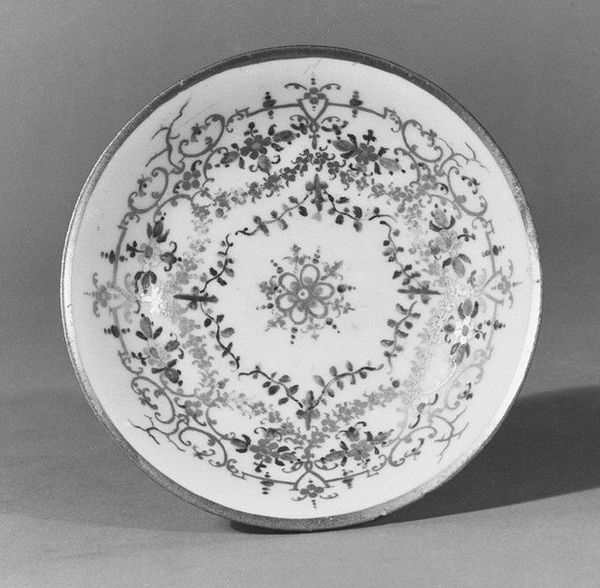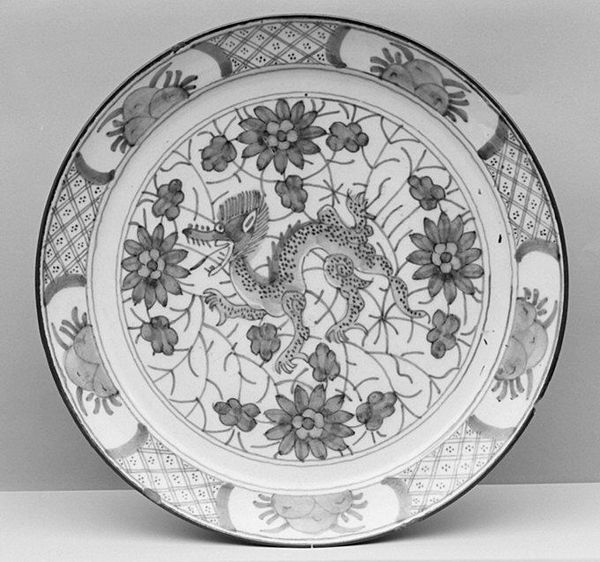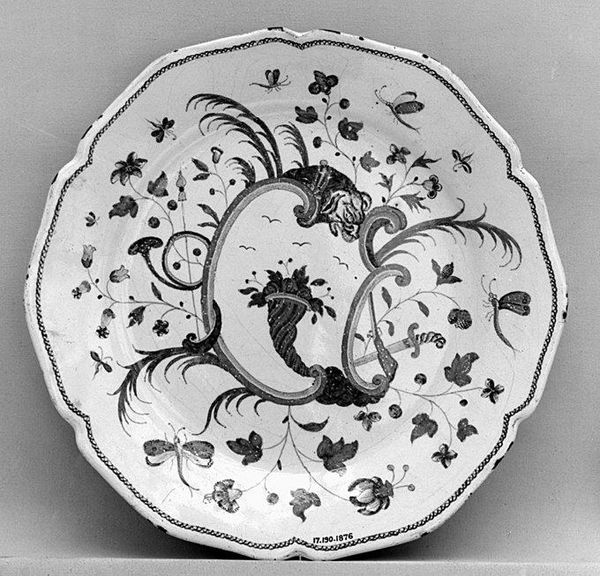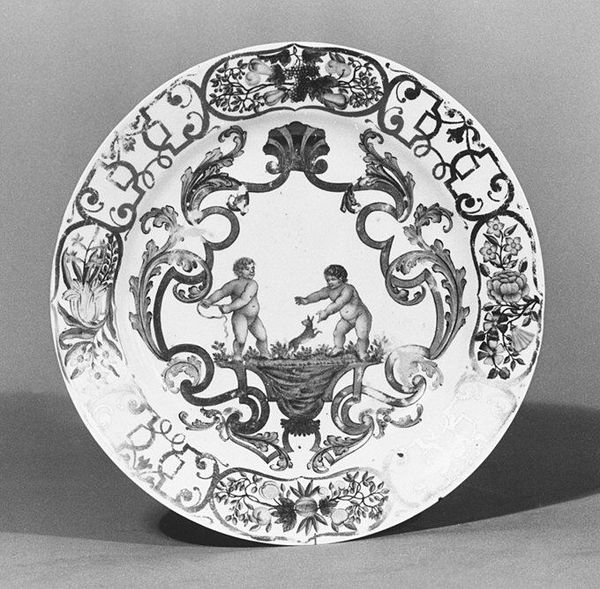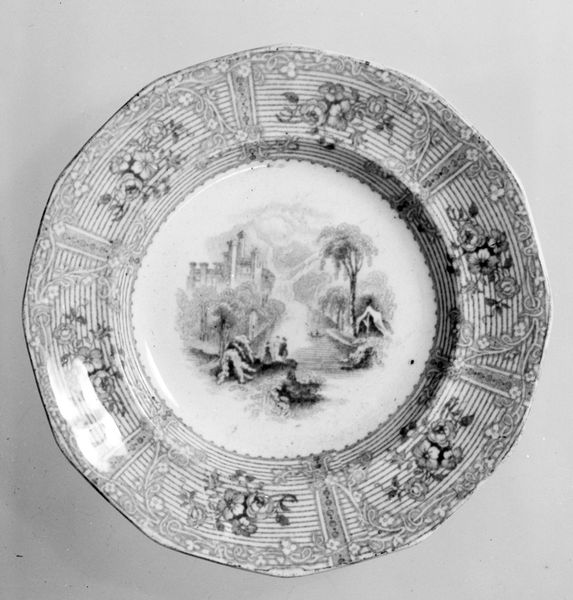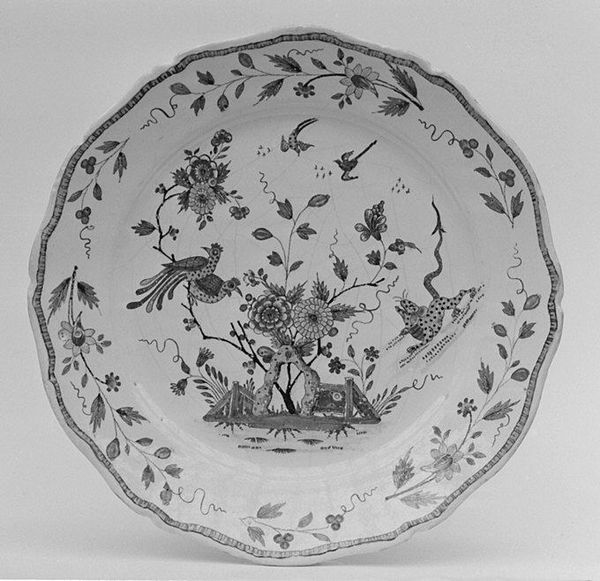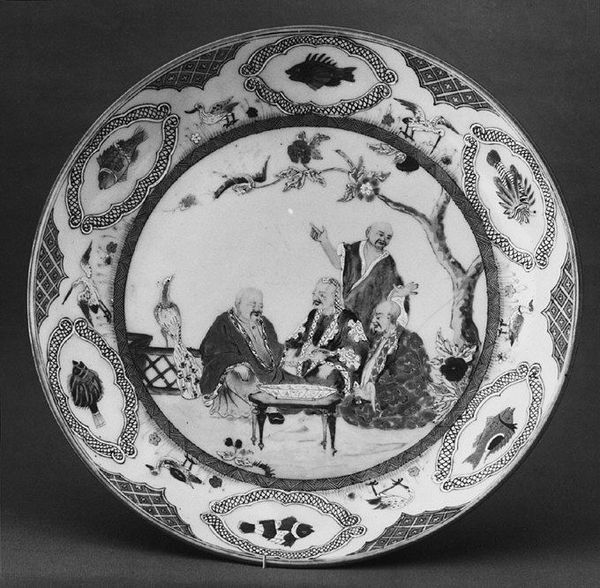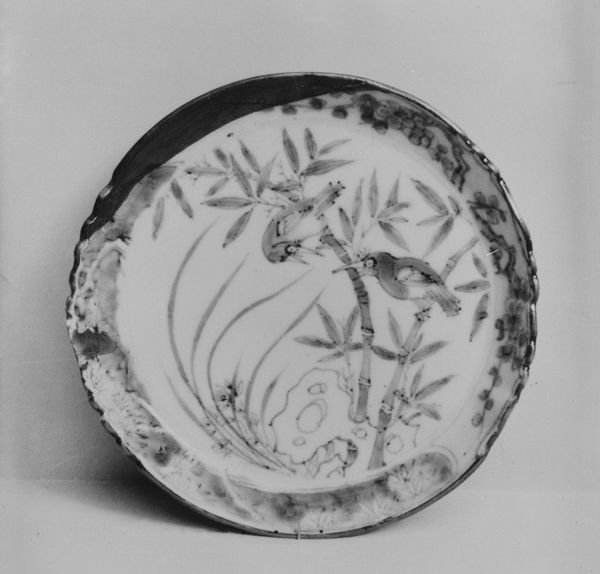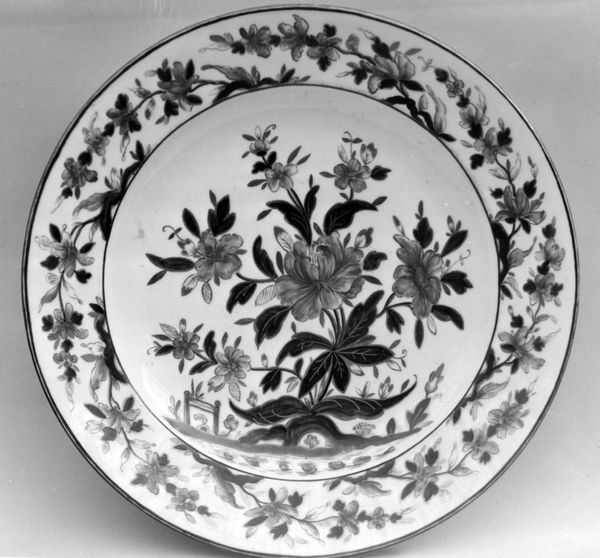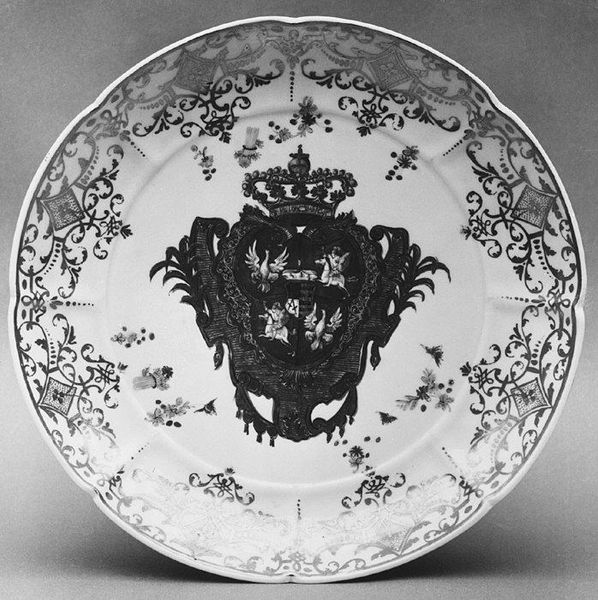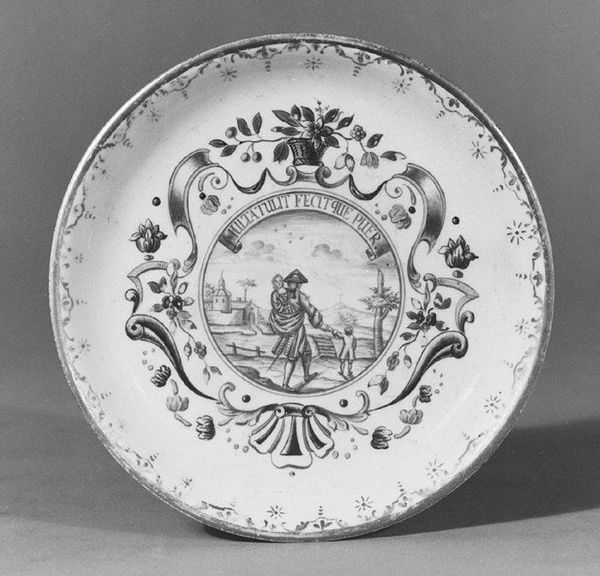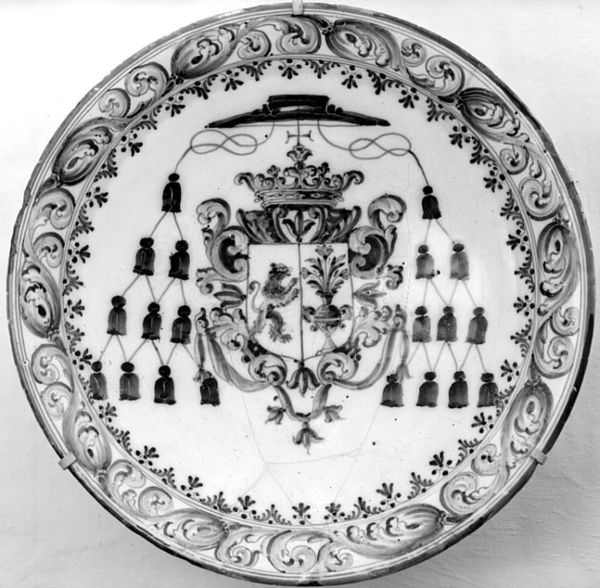
ceramic, porcelain, sculpture
#
ceramic
#
flower
#
porcelain
#
sculpture
#
decorative-art
#
rococo
Dimensions: H. 1-1/8 in. (2.9 cm.); Diam. 5-7/16 in. (13.8 cm.)
Copyright: Public Domain
Editor: This is a porcelain Saucer from Vienna, dating back to 1725-1735. The intricate, symmetrical designs really catch my eye. What social context might have shaped the creation of something so delicate? Curator: The early 18th century saw porcelain production as a marker of national prestige and economic power. Courtly patronage, deeply intertwined with mercantilist policies, essentially drove the establishment of these factories. Editor: So, it wasn't just about beauty, but also about power? Curator: Precisely! The Rococo style seen here, with its floral motifs and playful asymmetry, catered to aristocratic tastes, reflecting the wealth and refinement they sought to project. This particular design aesthetic moved through courtly taste, the demands of global trade and shaped both production and consumption patterns, giving objects social weight. Editor: That's fascinating! I had no idea a simple saucer could tell such a complex story. How do museums today influence the way we understand objects like these? Curator: Museums inevitably frame historical objects. The way a museum chooses to display an object, the curatorial choices in wall text and related programming, constructs a particular narrative around that object, which in turn reinforces specific ideologies about taste, status, and history. Editor: So the museum's presentation becomes part of the object's ongoing story. Curator: Exactly! Understanding the forces that shaped the production and presentation of such objects provides critical insight into not only the period but also our own contemporary perspectives. Editor: I’ll definitely think differently about museum displays now! Curator: Hopefully, this piece encourages further investigation into the social and economic forces that underlie artistic production, in both past and present contexts.
Comments
No comments
Be the first to comment and join the conversation on the ultimate creative platform.

